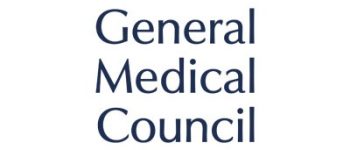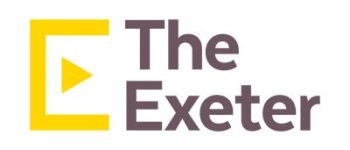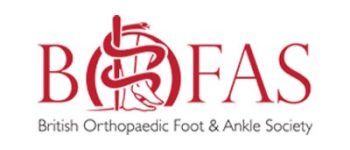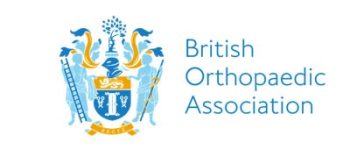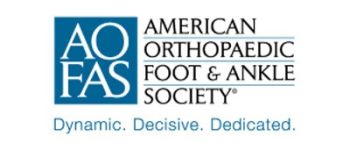What Should I Bring With Me When I Come for an Appointment?
When you come for your appointment remember to bring the following:
- Insurance information
- Referral Letter (if required)
- Copies of results, X-rays, MRI’s, CT scans etc and any other relevant information
- List of medications (if any)
What is Arthroscopy?
What Conditions Are Treated With Arthroscopic Surgery?
Arthroscopic examination of joints is helpful in diagnosis and treatment of the following conditions:
- Inflammation: Synovitis, the inflammation of the lining of the knee, shoulder, elbow, wrist, or ankle.
- Acute or chronic injury: Injuries to the shoulder, knee and wrist joint such as cartilage tears, tendon tears, carpal tunnel syndrome.
- Osteoarthritis: A type of arthritis caused by cartilage loss in a joint.
- Removal of loose bodies of bone or cartilage that becomes logged within the joint.
How is Arthroscopy Performed?
What Are the Possible Complications Associated With Arthroscopy?
What is the Recovery Process After Arthroscopic Surgery?
Will Physical Therapy Be Required After Surgery?
What is Plantar Fasciitis?
What Causes a Ruptured Achilles Tendon?
Achilles tendon is a strong fibrous cord present behind the ankle that connects the calf muscles to heel bone. It is used when you walk, run and jump.
A high force or stress on the Achilles tendon results in rupture which can happen with activities that involve running, pivoting, and jumping. Recreational sports that may cause Achilles rupture include tennis, racquetball, basketball and badminton.
What is a Bunion?
Does Ill-fitting Footwear Cause Bunion?
What Symptoms and Problems Are Caused by Bunions?
WHAT SYMPTOMS AND PROBLEMS ARE CAUSED BY BUNIONS?
- Pain with ambulation when wearing shoes
- Swelling with red, calloused skin at the base of the big toe
- Decreased mobility in the big toe
- Inward turning of the big toe toward the second toe
- Bulging of a bony bump at the base of the big toe
- Formation of corns and calluses at the overlapping of the big toe and second toe
What is the Treatment for Bunions?
Initially, your doctor will recommend conservative treatment measures that include wearing properly fitted shoes with specially designed shoe inserts, padding, and taping of bunions.
Physical therapy and certain medications may be prescribed for relieving pain and inflammation.
If the above conservative measures fail to treat the bunion pain, then Mr Ajis may recommend a surgical procedure to remove the bunion.
Real customers, real results
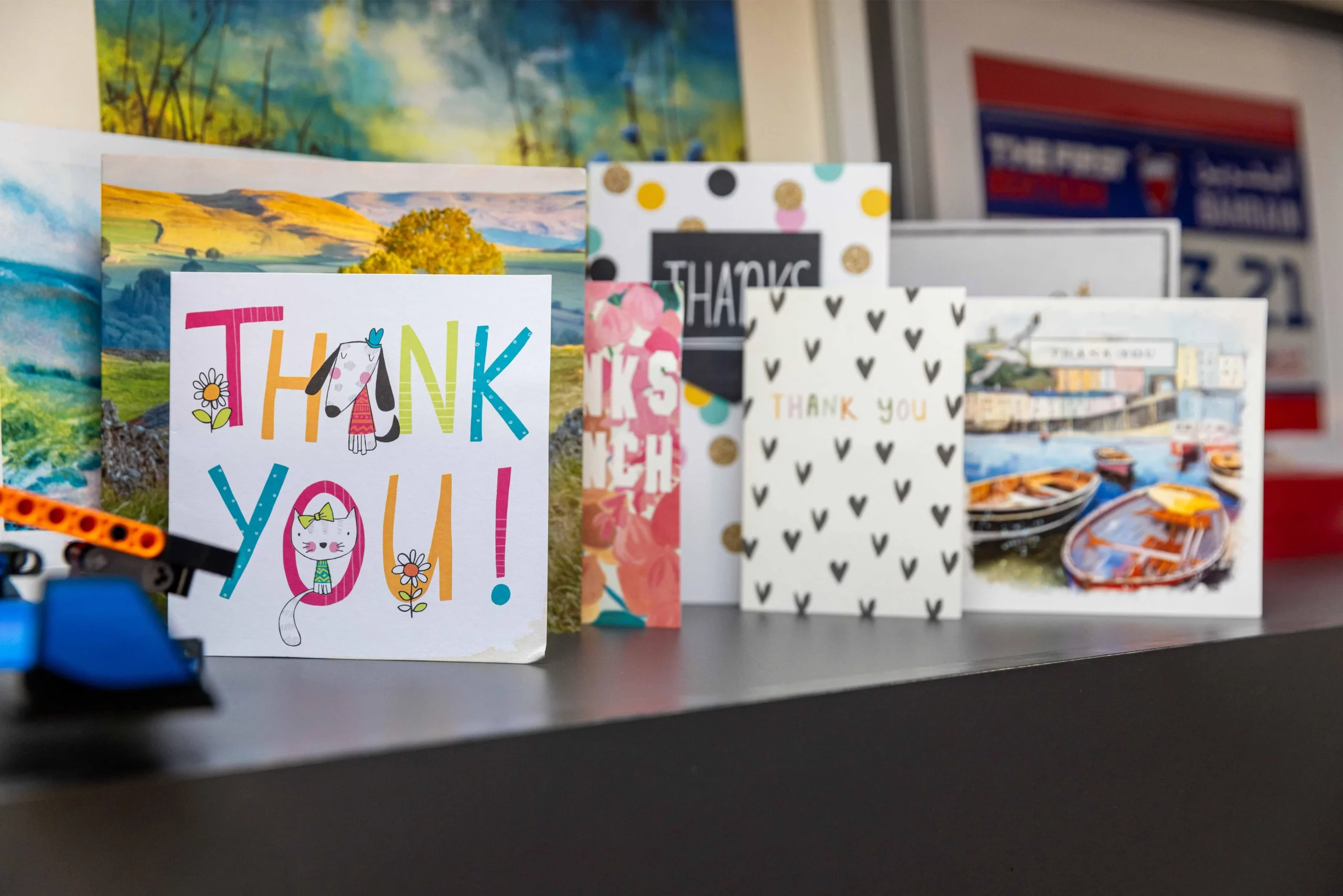
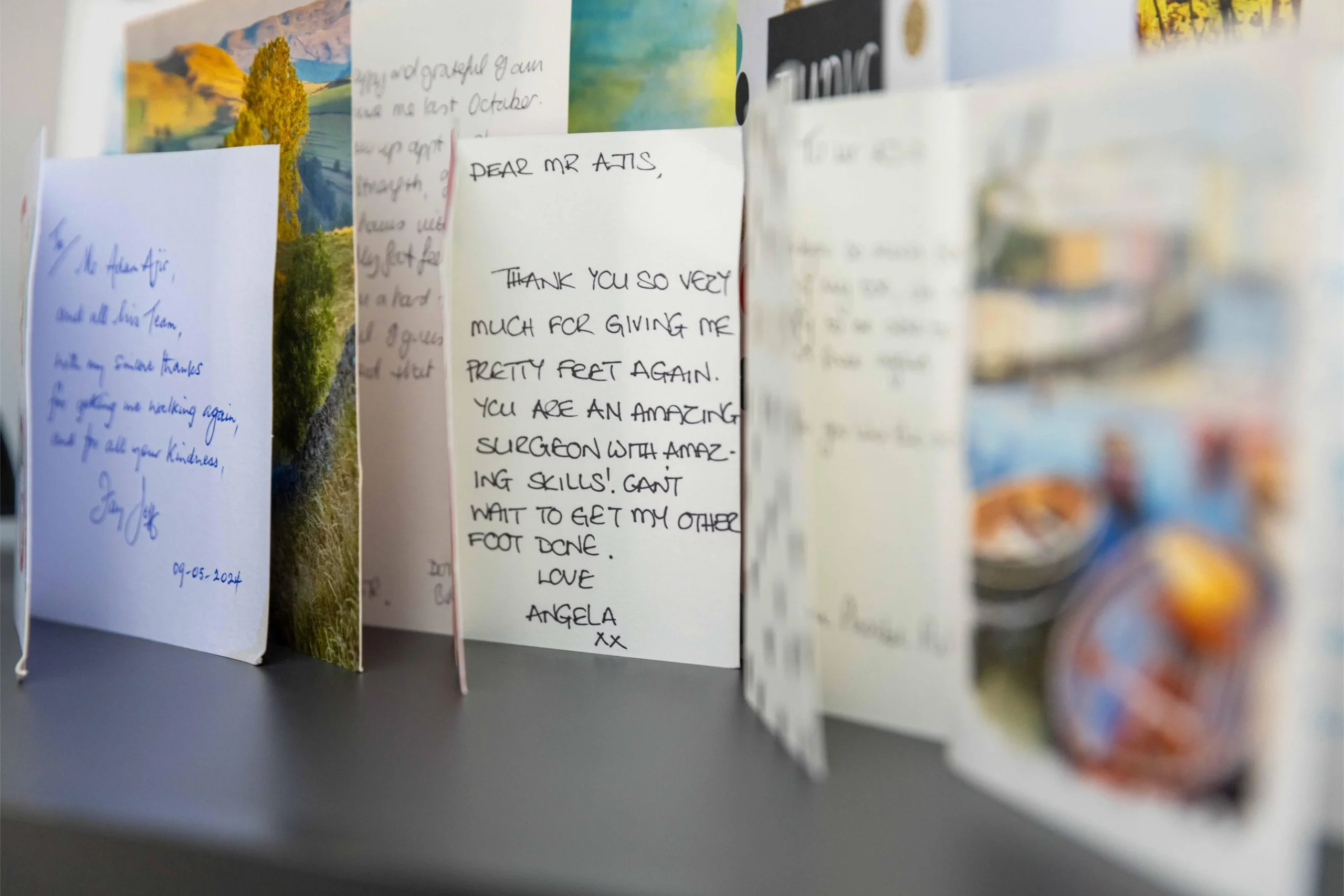
Private Patient
NHS patient
Bognor Regis
Trustindex verifies that the original source of the review is Google. I was diagnosed with plantar fasciitis. Had a series of shockwave treatments that unfortunately didn't resolve the problem. Mr Ajis suggested a tendon release operation, which has made a tremendous difference I highly recommend Mr Ajis. Great surgeon and a very pleasant man.Trustindex verifies that the original source of the review is Google. After suffering 2 years with plantar fasciitis, I’d been to foot clinics to physio therapy spent a fortune on footwear …. I was told about mr Adam Ajis at goring hospital, he really was my last hope. After an MRI he decided to operate on the back of my knee to realise the calf muscle, I was a bit sceptical but my goodness this really has changed my life, no pain in my foot any more I can walk without limping and no more crying in pain… thank you so much for your care and attention to my needs… to everyone at goring hospital for being so lovely and friendly….. highly recommend this place… thank you again…Trustindex verifies that the original source of the review is Google. To begin with.. I was naive and didn’t even know an ankle replacement was possible. What a huge success.. the whole process has been faultless.. From the initial consultation of what the options were available to me right through to the in-depth explanation of what the operation, the after care, recovery and follow up entailed. I was back playing tennis 3 months after the operation… I believe that is testimony in itself. I even think Mr Ajis was somewhat surprised! An amazing surgeon. I can’t recommend him highly enough.Trustindex verifies that the original source of the review is Google. I have had many problems with flat feet in both legs for a very long time. My mobility was very reduced with walking genuinely painful all the time. Following investigation Mr Ajis recommended a number of surgical solutions. I was surprised at the result on my left foot, it now being more stable and strength improving. Physio and excercise planned for many months before i consider the right foot, of course under the care of Mr Ajis .Trustindex verifies that the original source of the review is Google. I am a retired Paediatrician and my wife a retired GP. We had gone to India where my wife twisted her foot and fractured 4 metatarsals in her left foot,. She was given emergency treatment at the local hospital and was advised that the fractures would heal by conservative treatment. We contacted Mr. Ajis and asked for his advice regarding best treatment option for her condition. He advised us to come home straight away and the rest he would take care of. His attitude and his words were very reassuring and we immediately felt relieved as if half the problem was already solved. Back in Worthing, Adam went out of his way and operated on her on his day off. She has had regular follow up with him and on each of these appointments. he has been extremely kind caring and gracious. My wife feels that she made the best decision in her life to be operated by Adam. He is an excellent surgeon and a very kind , caring doctor who takes his time to explain all aspects of the condition , the treatment and its sequalae and complications. The outcome of the surgery has been wonderful. After 3 months she is walking normally and is pain free. We cannot thank him enough and would recommend him as the best orthopaedic surgeon for ankle and foot surgery. Anil Garg Consultant Paediatrician(Retd)Trustindex verifies that the original source of the review is Google. My wife saw Mr Ajis as she had become unable to walk due to the build up of significant scar tissue from a former achilles injury a few years ago. He gave her an informed and honest list of the options available. He did not immediately insist on surgery, although my wife opted for surgery despite it being the most expensive option. The operation was carried out to fit in with our plans, and at a price which we thought was reasonable. After 6 weeks she was able to remove the post-operative boot she had been told to wear. The outcome was better than we had possibly hoped for, and she is now able to walk again, entirely pain free and normally, something which she has not been able to do for a very long time. Throughout the entire process Mr Ajis and his secretary were excellent. We would not hesitate in recommending him to anyone needing treatment.Trustindex verifies that the original source of the review is Google. I can highly recommend Mr Ajis, he is a brilliant orthopaedic surgeon .. I had hammered toe surgery in July, which i'm quickly recovering from now .. The my recovery app for physiotherapy is very useful as well ..Trustindex verifies that the original source of the review is Google. I initially saw Mr Ajis for a broken toe, but on the x-ray he spotted Haglunds Deformity in one foot - this was a revelation, it explained why any time I tried serious marathon training I just ended up with excruciating Achilles pain after a few weeks. Mr Ajis explained how an operation performed with keyhole surgery could remove the extra bit of bone that was aggravating the Achilles. I opted to go ahead, after all the risks were clearly explained by Mr Ajis. The operation was carried out at the Nuffield in Woodingdean under general anaesthesia, the first time I had been under. When I came round, I was given details of how the operation had gone, kept in for a few hours while I was observed and then discharged. Following discharge I had very little pain - I didn't even need to take ibuprofen. I was able to move on crutches the same day and after a couple of days could do without them. Follow up appointments confirmed that the operation had been successful and I am now looking forward to a full recovery (I know it will take time to get back to running competetively). I'd definitely recommend Mr Ajis - throughout the process he has given clear information and the operation couldn't have been smoother.Trustindex verifies that the original source of the review is Google. Just to say I could not have had better care. From start to finish Mr Ajis took time to explain the procedure and recovery as well as ensuring I was kept up to date. His attitude and manner have been exceptional and I am so grateful for his skill




